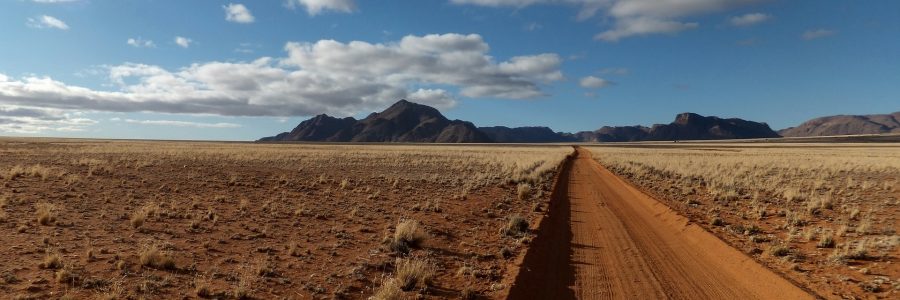Travel Namibia
Namibia’s well-maintained roads and diverse scenery make it an ideal spot for a driving tour, but we also recommend taking your time at each destination to really take in the wilderness and unique richness of this country.
The Skeleton Coast Park
One of the planet’s most inhospitable, but hauntingly beautiful places – Namibia’s Skeleton Coast is wild, desolate and uninhabited. The landscape includes sand dunes, canyons, and mountain ranges.
The Skeleton Coast is is normally associated with famous shipwrecks, and because of the bones that lined the beaches from whaling operations and seal hunts, but more than a few of the skeletons were human. The Bushmen called it The Land God Made in Anger. Ever since European navigators first discovered it, ships have wrecked on its numerous offshore rocks, or run aground in the blinding fog. As a result, the coast has scores of shipwrecks, some of which are barely recognizable, while others are still in remarkably good condition. The wrecks provide excellent environments for Cape fur seals, living side by side with seabird colonies and offering unequaled maritime photographic opportunities.
Kayaking with Seals
Near Swakopmund, you can kayak amongst hundreds of seals at the Pelican Point seal colony, experiencing these fascinating animals up close and observing them in their natural habitat.
Twyfelfontein Rock Art
The rock art here was carved by hunter-gatherers thousands of years ago, and displays one of the largest collections of rock petroglyphs in Africa. It was approved as Namibia’s first World Heritage Site in 2007.
Go On Safari
If Namibia’s wildlife is what you most want to see, safaris are offered in Etosha National Park, where you can watch lion, zebra and elephant drinking at waterholes. Guides are provided for all safaris, and allow you to learn firsthand how diverse the fauna of Namibia really are.
Sand Dunes at Sossusvlei
Namibia is the driest country in sub-Saharan Africa, and as a result is home to miles and miles of desert and sand. The sand dunes are especially impressive. The massive red-orange sand dunes at Sossusvlei are the largest in the world and to climb one just before dawn is a stunning spectacle.
Himba tribe
The Himba tribe in Damaraland is fascinating and beautiful to behold in their yellow ochre stained bodies. They are considered the last semi-nomadic people in Namibia, with an estimated population of 50,000 in northern Namibia.

